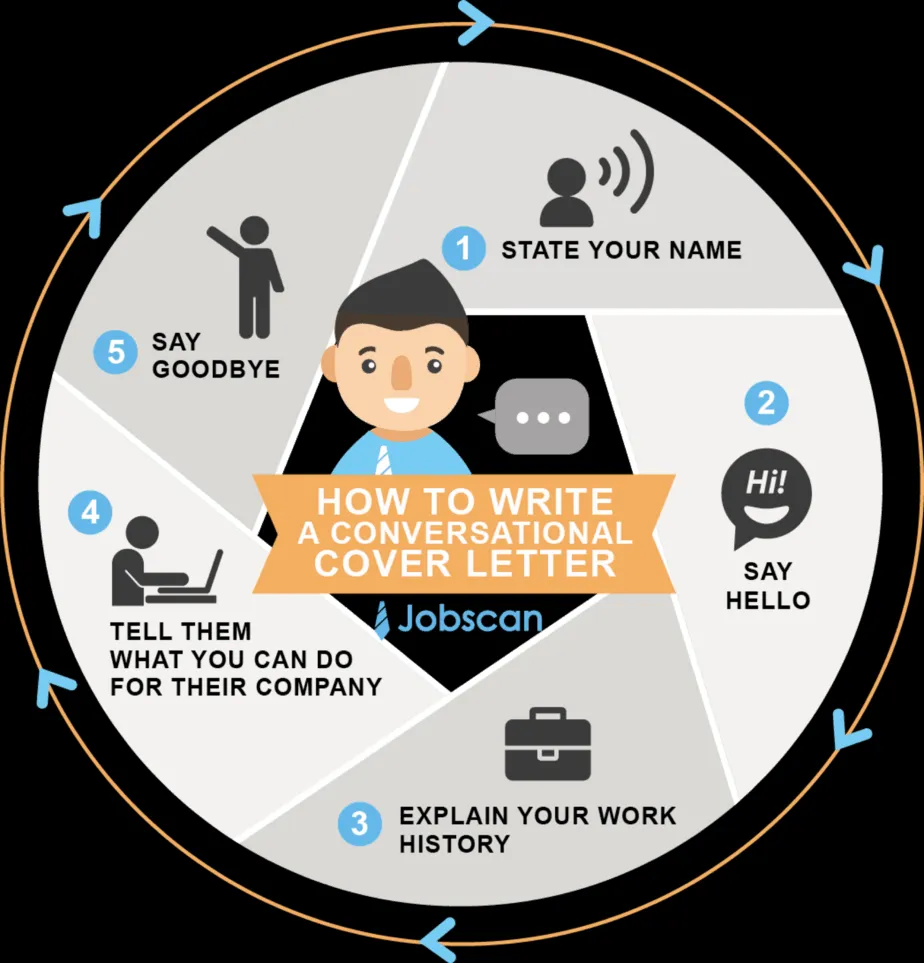What is a Cover Letter
A cover letter is a crucial document accompanying your resume when applying for a job. It serves as your first introduction to a potential employer, providing a personalized overview of your qualifications, skills, and experiences. Unlike a resume, which offers a factual account of your professional history, a cover letter allows you to express your personality, demonstrate your understanding of the job requirements, and highlight your enthusiasm for the specific role and company. It is your opportunity to make a strong first impression and persuade the hiring manager to review your resume in detail. Crafting a compelling cover letter is essential for setting you apart from other applicants and increasing your chances of securing an interview.
Why is a Cover Letter Important
The importance of a cover letter cannot be overstated in the job application process. It serves as a critical tool for capturing the hiring manager’s attention and showcasing your suitability for the position. First and foremost, a cover letter allows you to personalize your application and demonstrate genuine interest in the company and the specific role. This is your chance to go beyond the basic information presented in your resume and explain why you are a particularly good fit for the job. Moreover, a well-written cover letter provides an opportunity to emphasize the skills and experiences most relevant to the position, drawing a clear connection between your qualifications and the employer’s needs. It is often the first impression a hiring manager receives, making it a key factor in determining whether your application will be considered.
Key Components of a Cover Letter
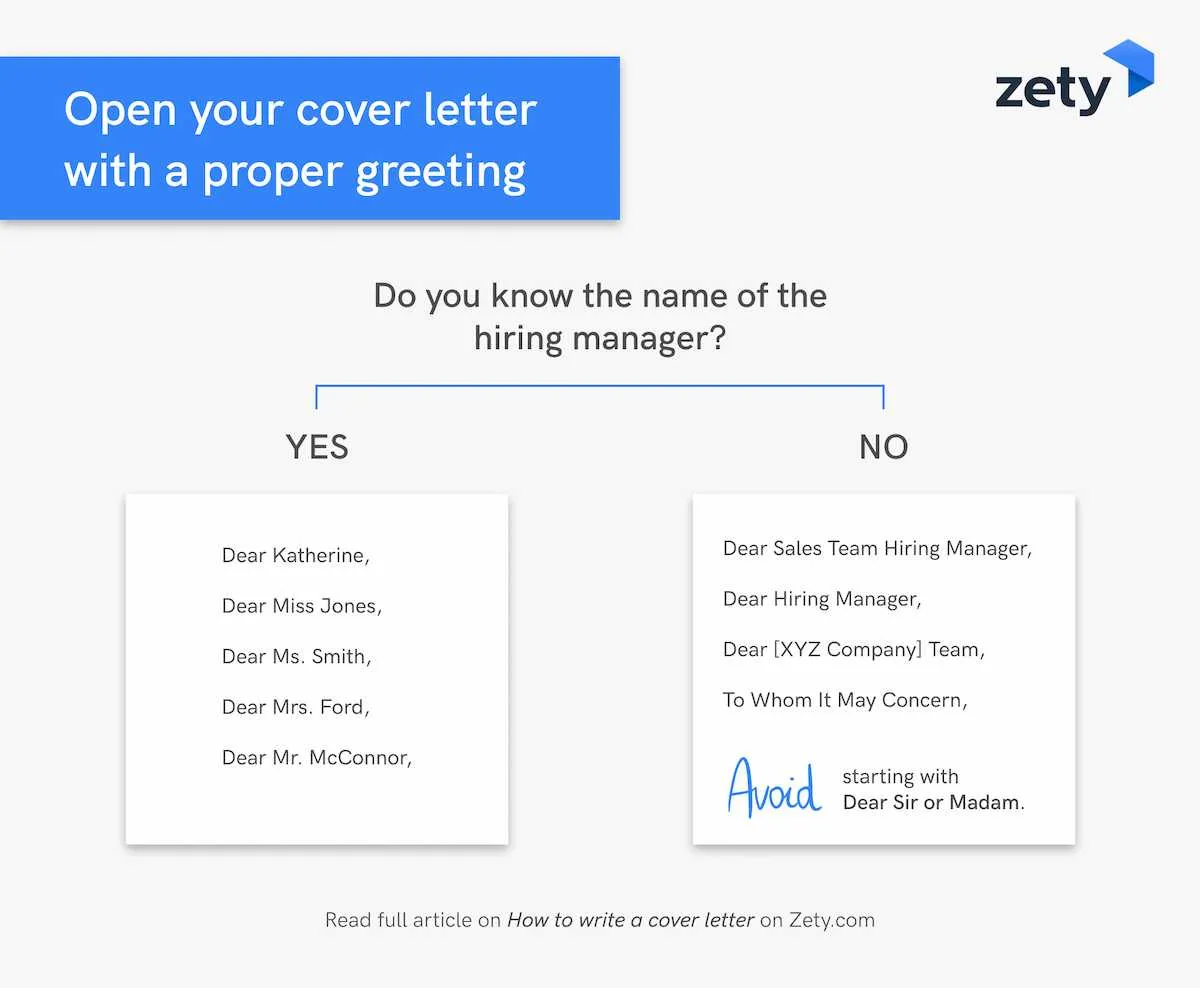
A well-structured cover letter consists of several key components that work together to present a comprehensive and compelling case for your candidacy. These components include a heading, which contains your contact information and the date; a recipient section, including the hiring manager’s name and the company’s address; a professional salutation; and the body of the letter, which is typically divided into three to four paragraphs. The body should grab attention in the first paragraph, highlight relevant skills and experiences in the second, and express enthusiasm in the third. The letter then concludes with a call to action, a formal closing, and your signature. Each part plays a crucial role in conveying your professionalism, interest, and qualifications.
Heading
The heading of your cover letter should include your full name, address, phone number, and email address. This information should be neatly organized and easy to read. It is important to use a professional email address; avoid using nicknames or unprofessional handles. Your contact information ensures that the hiring manager can easily reach you. Ensure the formatting is consistent and matches the contact information on your resume.
Applicant Contact Information
Similar to your resume, the applicant contact information should be at the very top of your cover letter. Include your full name, followed by your address, phone number, and professional email address. Keep the layout clean and simple, using a legible font and consistent formatting. This section immediately tells the hiring manager how to contact you. Double-check that all details are accurate to avoid missed opportunities due to incorrect contact information.
Date

Immediately following your contact information, include the date on which you are writing the cover letter. This is usually aligned to the left or right of the heading, depending on your preferred format. The date helps the hiring manager to track the application’s timeline and ensures the document is current. Using the correct date is a small detail that reflects your attention to detail and professionalism.
Recipient Contact Information
Next, address the recipient. If you know the hiring manager’s name, always include it in your cover letter to personalize your application. Research the company’s website or LinkedIn to find the hiring manager’s name and title. If you cannot find a specific name, use a professional greeting like “Dear Hiring Manager.” Include the company’s name and address below the recipient’s name and title to complete this section. This shows you’ve taken the time to research the company.
Salutation
The salutation sets the tone for your cover letter. Use “Dear Mr./Ms./Mx. [Last Name],” if you know the hiring manager’s name. If you’re unsure of the name, use a professional greeting like “Dear Hiring Manager” or “Dear [Department Name] Team.” Avoid generic salutations like “To Whom It May Concern,” which can make your application seem impersonal. The salutation should be followed by a colon.
Body Paragraphs
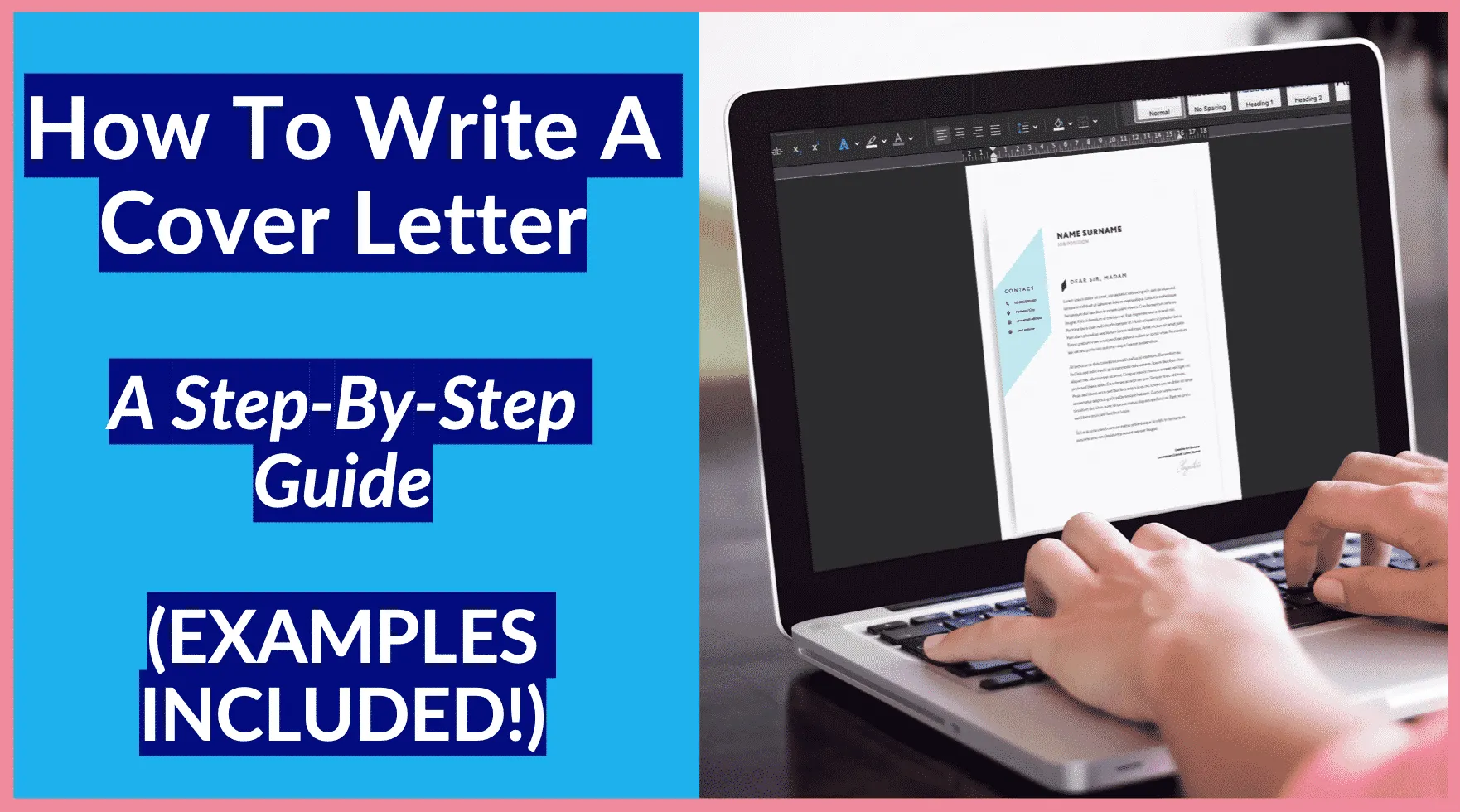
The body paragraphs are the core of your cover letter. They are where you showcase your skills and express your interest. Structure your body paragraphs logically, typically using three or four paragraphs to convey your message effectively. Each paragraph should serve a specific purpose, from capturing the reader’s attention to expressing enthusiasm and outlining your skills and experiences. Clear, concise, and well-structured paragraphs make it easy for the hiring manager to understand your qualifications and appreciate your value.
First Paragraph Grab Attention
The first paragraph should grab the reader’s attention. Start with a strong opening statement that indicates your interest in the position and the company. Mention how you found the job posting and why it caught your eye. Briefly state your qualifications and why you are a good fit for the role. Avoid generic opening lines, such as “I am writing to apply…” Instead, try to highlight a specific achievement or skill that aligns with the job requirements. Aim to make the hiring manager want to read further.
Second Paragraph Showcase Skills
In the second paragraph, focus on highlighting your relevant skills and experiences. Provide specific examples of how you’ve demonstrated these skills in previous roles. Refer to the job description and tailor your examples to match the required qualifications. Quantify your achievements whenever possible by using numbers and data. This helps the hiring manager understand the impact of your work. Explain how your skills align with the company’s needs and how you can contribute to its success. Always show, don’t just tell.
Third Paragraph Express Enthusiasm
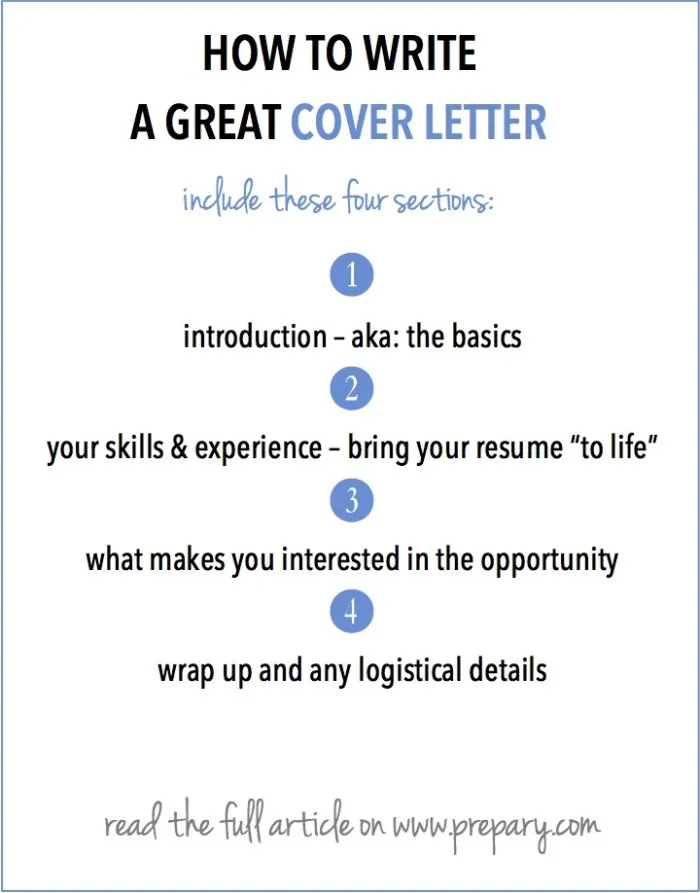
The third paragraph should express your enthusiasm for the role and the company. Show that you have researched the company and understand its mission, values, and culture. Explain what excites you about the opportunity and why you are passionate about working there. Emphasize how your values align with the company’s. Mention how this role fits into your long-term career goals and what you hope to achieve. Your enthusiasm can make a big impression.
Call to Action
The call to action is a crucial part of your cover letter, as it prompts the reader to take the next step. Clearly state your interest in an interview and indicate your availability. Thank the hiring manager for their time and consideration. You can also mention that you look forward to discussing your qualifications in more detail. Keep the tone polite and professional. This section should leave a lasting positive impression.
Closing
The closing of your cover letter should be concise and professional. Avoid using overly casual or informal language. Ensure your closing reflects your respect for the hiring manager and your enthusiasm for the opportunity. Choose a closing that conveys your confidence and professionalism, such as “Sincerely” or “Best regards.”
Formal Closing
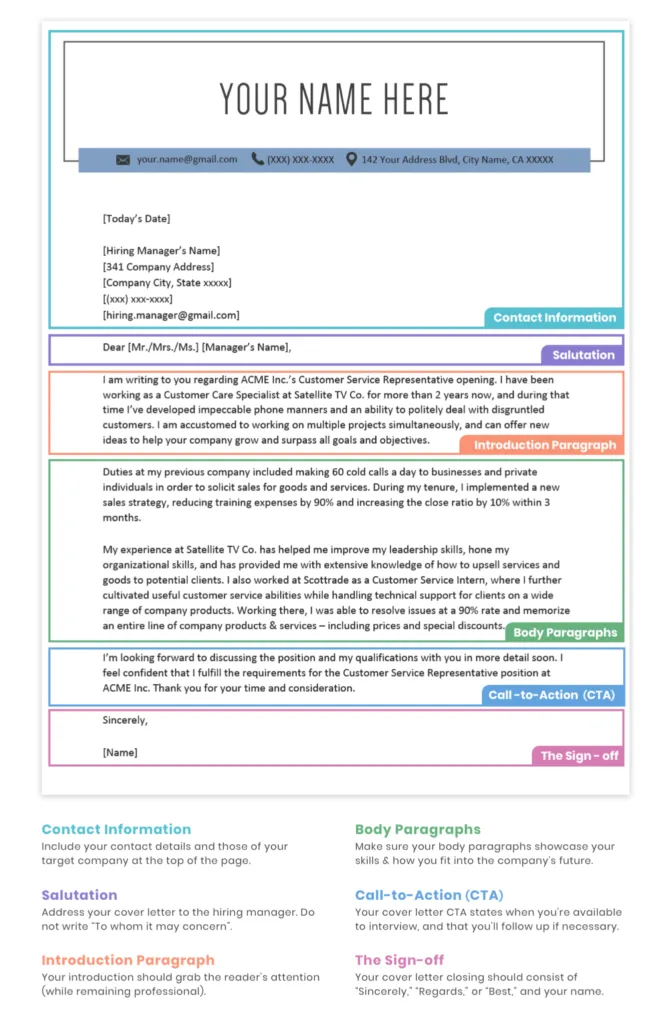
Use a formal closing that reinforces your professionalism. Standard closings include “Sincerely,” “Respectfully,” or “Best regards.” These closings are appropriate for nearly all professional contexts. Be consistent with the tone of your cover letter. Ensure that the closing matches the level of formality you have maintained throughout the document. Avoid casual closings like “Thanks” or “Cheers” as they may appear less professional.
Signature
Leave space for your signature between the closing and your typed name. If you are submitting your cover letter electronically, you can either type your full name or insert a digital signature. In a printed cover letter, sign your name neatly above your typed name. This signature adds a personal touch, showing you took the time to complete the letter thoroughly. Ensure that your name is clearly legible.
Proofreading and Editing
Proofreading and editing are critical steps in the cover letter writing process. Before submitting your cover letter, carefully review it for any grammatical errors, spelling mistakes, or typos. Read it aloud to catch awkward phrasing or sentences that don’t flow smoothly. Ask a friend, family member, or career advisor to review it as a fresh pair of eyes can often spot errors you might miss. Ensure that your cover letter is free of any errors to convey professionalism and attention to detail. A polished cover letter significantly increases your chances of making a positive impression.
Tips for a Great Cover Letter
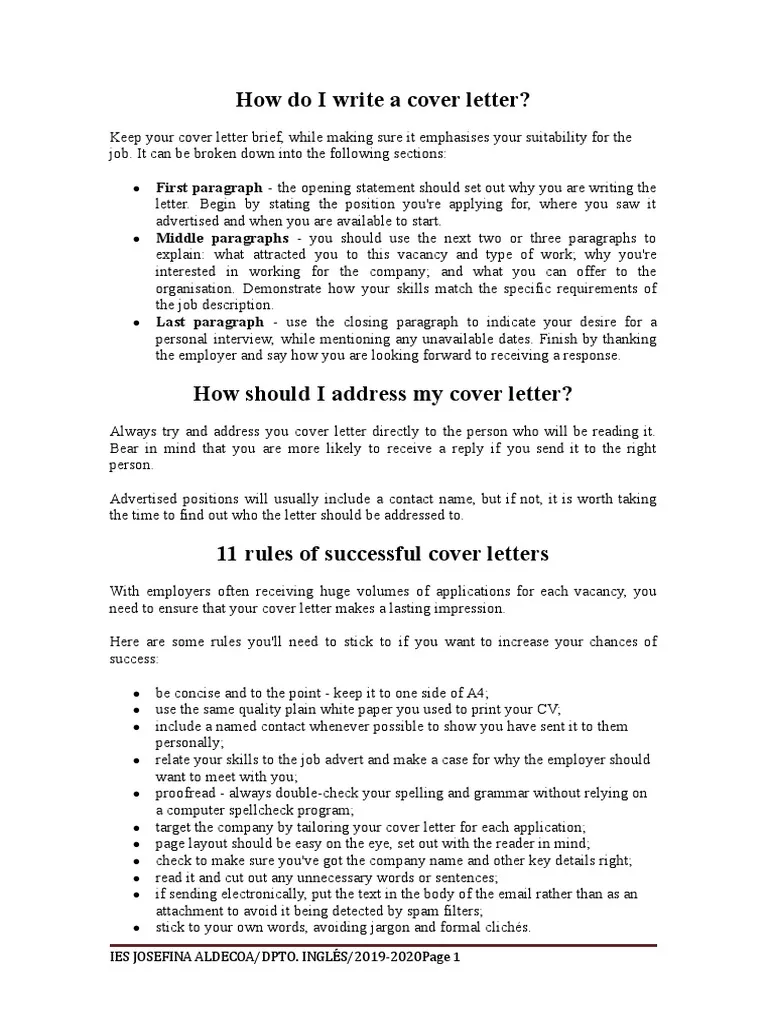
Crafting a great cover letter requires attention to detail, careful planning, and a clear understanding of the job requirements. Following these tips can help you create a cover letter that stands out and gets you noticed. Tailoring your cover letter, highlighting relevant skills, using strong action verbs, keeping it concise, and proofreading carefully are vital for success. A well-crafted cover letter will not only showcase your qualifications but also reflect your professionalism and enthusiasm, increasing your chances of landing an interview.
Tailor to the Job
Always tailor your cover letter to the specific job you are applying for. Review the job description carefully and identify the key skills, experiences, and qualifications that the employer is seeking. Customize your cover letter to address these requirements, emphasizing how your skills and experiences align with the job’s needs. Show that you’ve done your research and understand the company’s requirements. Generic cover letters that are not tailored to the job rarely make a strong impression on hiring managers. Tailoring shows that you are genuinely interested in the role and the company.
Highlight Relevant Skills
Highlight the skills and experiences that are most relevant to the job. Don’t just list your skills; provide specific examples of how you have used those skills in previous roles. Use keywords from the job description to show that you meet the required qualifications. When you mention a skill, provide context by describing a situation where you used that skill to achieve a positive outcome. Demonstrating your skills through concrete examples will help the hiring manager quickly assess your qualifications and see how you can contribute to the company’s success. This helps you to stand out from the competition.
Use Action Verbs
Use strong action verbs to describe your accomplishments and responsibilities. Action verbs make your cover letter more dynamic and engaging. Instead of saying “Responsible for managing projects,” use phrases like “Led project teams” or “Managed multiple projects, resulting in…” Action verbs also help you sound more confident and proactive. Start your sentences with action verbs to make a strong impression. Examples of effective action verbs include “achieved,” “developed,” “implemented,” “managed,” and “created.” Use a variety of action verbs to keep the letter interesting.
Keep it Concise
Keep your cover letter concise and to the point. Aim for one page. Hiring managers often have to read many cover letters, so they appreciate brevity. Focus on the most important details and avoid unnecessary information. Be clear and direct in your communication. Each paragraph should have a specific purpose, and every sentence should contribute to the overall message. Ensure that the most important information is presented first. A concise cover letter shows that you value the reader’s time and can communicate effectively.
Proofread Carefully
Proofread your cover letter carefully before submitting it. Errors can undermine your credibility and make you appear unprofessional. Check for spelling mistakes, grammatical errors, and typos. Read the cover letter aloud to identify awkward phrasing or sentences that don’t flow well. Use a grammar checker, but don’t rely on it completely, as it might not catch all errors. Ask someone else to proofread your cover letter for a fresh perspective. A well-proofread cover letter demonstrates your attention to detail and commitment to excellence.
Cover Letter Examples
To inspire you, consider the following scenarios and tailor your cover letter based on your situation and the job description. Varying examples can illustrate the flexibility needed to write a great cover letter. Remember to adjust these examples to match your skills and experiences. Tailoring is key to show that you understand the company’s requirements and how you can contribute to their success.
Cover Letter for a Marketing Position
For a marketing position, highlight your experience with campaigns, market research, and digital marketing. Use action verbs like “Developed,” “Implemented,” and “Managed.” Include quantifiable achievements, such as the percentage increase in leads or sales from your campaigns. Show your familiarity with marketing tools and platforms. Tailor your letter to the specific marketing role, highlighting the skills the employer is looking for. Be enthusiastic about the company and their marketing strategy.
Cover Letter for a Software Engineer Position
In a cover letter for a software engineer position, focus on your coding skills, experience with relevant programming languages, and project experience. Mention any specific technologies or frameworks the job requires. Describe your contributions to projects, emphasizing your problem-solving skills and teamwork. Provide examples of software you have developed or contributed to. Show how you have delivered successful software solutions. Also, showcase your ability to work well within teams.
Cover Letter for an Entry-Level Position
For an entry-level position, highlight your academic achievements, internships, and any relevant coursework or projects. Show enthusiasm for the role and the company. Describe any transferable skills you have acquired, such as communication, teamwork, or problem-solving. Emphasize your willingness to learn and your strong work ethic. Explain how you can contribute to the company’s success, even without extensive experience. Tailor your letter to show your eagerness to begin a career.
